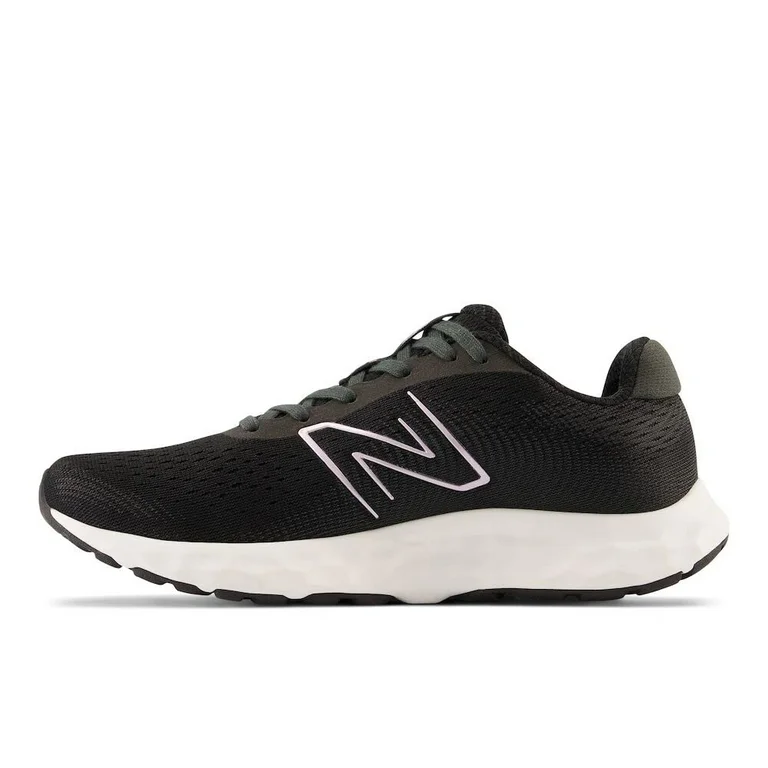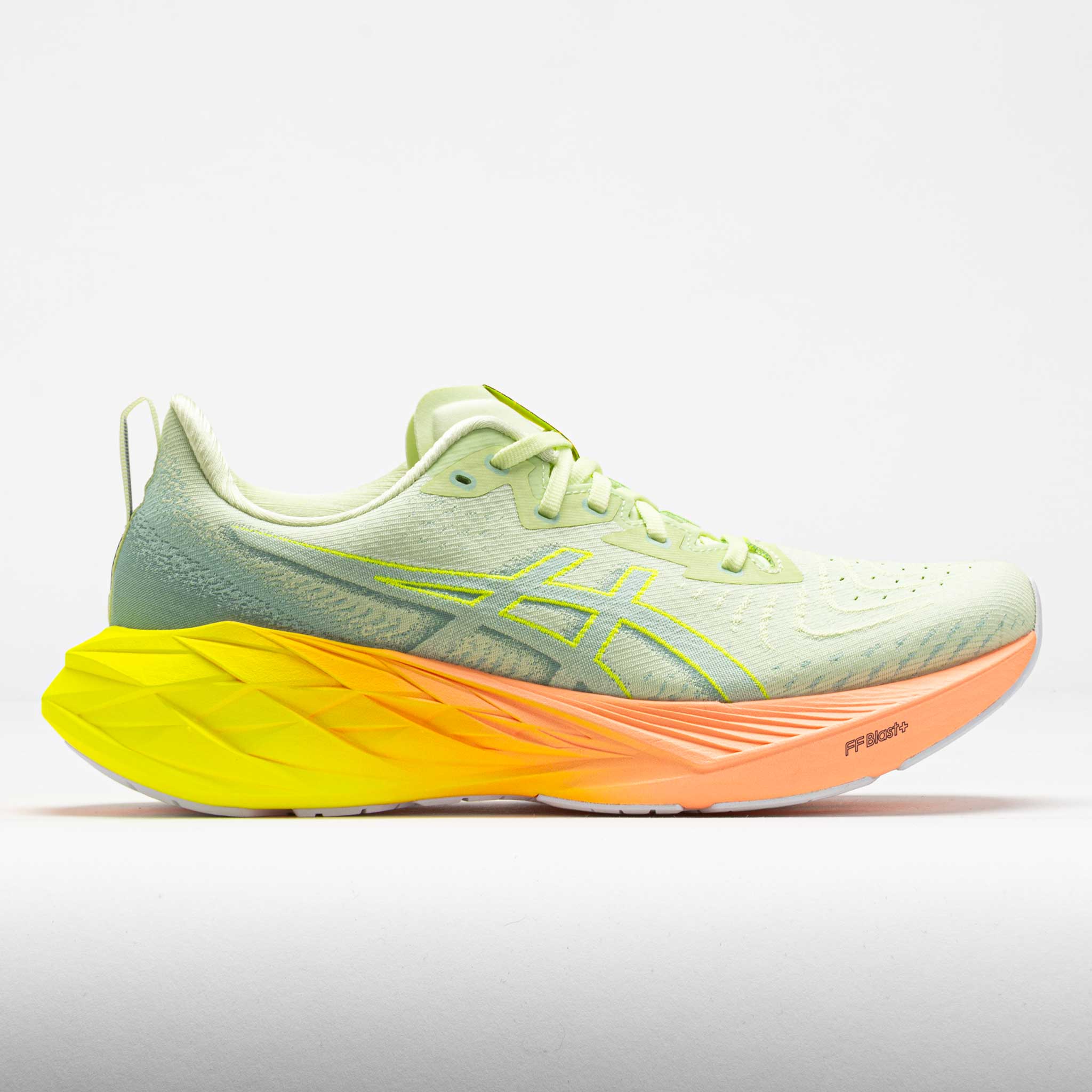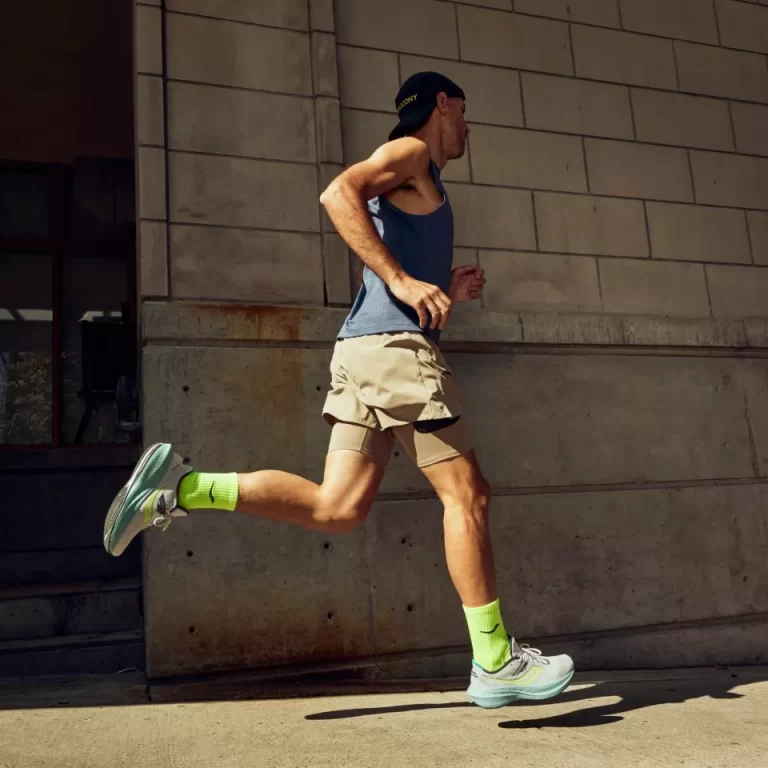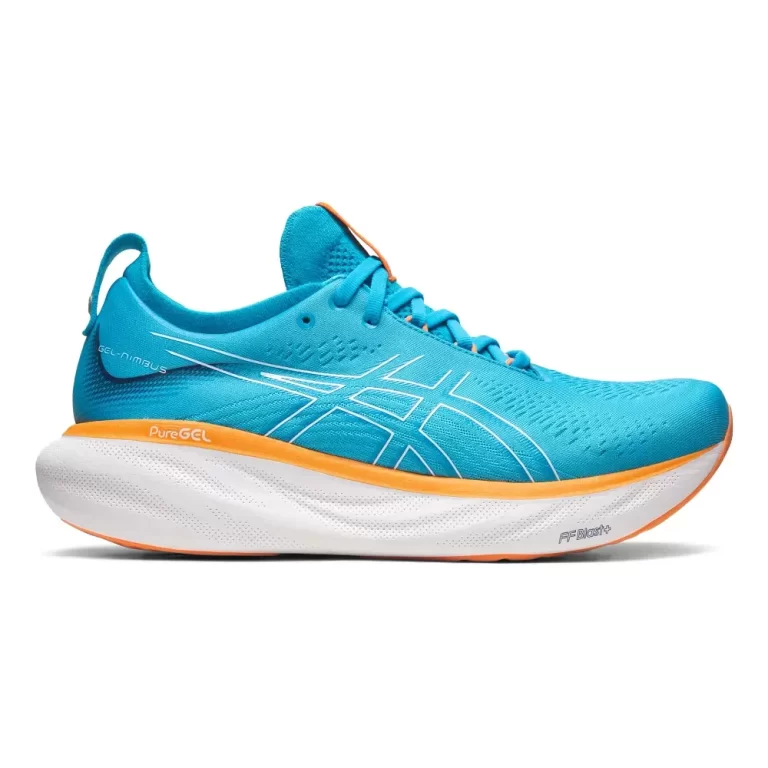
How to Lace Running Shoes? Mastering Shoe Lacing Techniques
The Importance of Proper Shoe Lacing for Running
Proper shoe lacing is a key part of a runner’s gear setup. It ensures a snug, comfortable fit that adapts to the foot’s natural movement. How to lace running shoes? Tight lacing may limit circulation, while loose lacing could lead to blisters. In both cases, improper lacing can hinder performance and even cause injury.
Effective lacing helps distribute pressure evenly across the foot. This reduces hot spots and discomfort during long runs. Further, it stabilizes the foot, preventing excessive movement within the shoe. This is crucial in maintaining balance and preventing strain.
Understanding how to lace running shoes is more than a one-time learning. Runners often adjust lacing to match different running conditions. Some may require a tighter fit for high-intensity runs or a looser one for recovery days.
In summary, proper shoe lacing is vital for comfort, performance, and injury prevention. Runners should take time to learn and practice different techniques to find what works best for them.
Different Running Shoe Lacing Techniques and Their Benefits
Standard Criss-Cross Lacing
This is the most common way to lace running shoes. It offers a balance of snugness and comfort. The criss-cross pattern allows for easy adjustments and is ideal for most foot shapes.
Loop-Lacing Lock for Heel Slipping
Heel slipping can lead to blisters and reduced control. The loop-lacing lock technique creates extra friction at the top. This tightly secures the heel in place and prevents movement.
Window Lacing for High Arches
For those with high arches, window lacing can provide relief. This method creates space above the arch area. It reduces pressure and allows for a more comfortable fit.
Straight Bar Lacing for Wide Feet
Runners with wide feet may find straight bar lacing more suitable. This technique reduces pressure on the sides of the foot. It also offers a cleaner look and can help distribute tension evenly.

Step-by-Step Guide to Lacing Your Running Shoes
Follow these simple steps to lace your running shoes effectively. These will help ensure a comfortable and secure fit for optimal running performance.
- Start at the Toe Box: Begin by threading the laces through the lowest eyelets closest to the toe box. Make sure the lace ends are even.
- Criss-Cross Pattern: Cross the laces over each other and feed them into the opposite eyelets, creating a standard criss-cross pattern. Pull each cross tightly for a snug fit.
- Be Consistent: Continue the criss-cross pattern up the shoe. Keep the tension even for balanced support and comfort. Adjust as needed for wide or narrow feet.
- Secure the Heel: If your heel slips, use a loop-lacing lock. Bring the lace up to the last eyelet, create a loop before crossing over. This will lock the heel in place.
- Customize for Comfort: For high arches, skip eyelets to create a window lacing pattern. This gives more space and reduces pressure on the arch.
- Finish with a Bow: When you reach the top, tie the laces in a secure bow. Ensure it’s not too tight; you should be able to slip a finger under the knot.
- Adjust as Necessary: After lacing, walk around to check the fit. Adjust the lacing if there’s discomfort or uneven pressure. Your feet should feel supported, not constrained.
Remember, how to lace running shoes can vary based on individual needs and preferences. Take time to try different techniques and find the best fit for you.

Common Lacing Problems and Solutions
While understanding how to lace running shoes is essential, runners often encounter lacing issues that can impact their comfort and performance. Let’s explore some of these common problems and their practical solutions.
Uneven Pressure Across the Foot
When laces apply unequal pressure, discomfort and hotspots can occur. To fix this, adjust the tension by loosening or tightening the laces at certain eyelets until you feel even support.
Laces Coming Untied During Runs
Frequent lace untying is both inconvenient and unsafe. Opt for a double knot to ensure laces stay tied. Consider using laces with increased friction if the problem persists.
Blisters from Overly Tight Lacing
Over-tightening can lead to friction and blisters. Ensure laces are snug but not constricting. Make use of padded socks for added protection against rubbing.
Shoes Feel Too Tight or Too Loose
If your shoes don’t fit properly after lacing, the technique may need adjusting. Employ the loop-lacing lock for a tighter heel grip, or straight bar lacing for a roomier feel.
Laces Cutting Into the Top of the Foot
Harsh lacing can press into the foot, causing pain. Try window lacing to alleviate pressure off the sensitive areas. Cushioned tongue pads can also provide relief.
Encountering challenges with shoelace fitting is common, but with these straightforward solutions, runners can maintain both comfort and performance. Remember, minor adjustments can make a significant difference, so take the time to perfect your lacing technique for an optimal running experience.
Tips for Selecting the Right Laces for Your Running Shoes
Selecting the right laces for your running shoes is as crucial as using the right lacing technique. Here are some tips to help you choose the best laces for your runs:
- Measure for Length: Make sure your laces are long enough to tie without stretching too much. They shouldn’t be so long that they dangle after tying.
- Consider Material: Opt for laces made from durable materials such as polyester or nylon. These resist wear and tear better, especially in wet conditions.
- Check for Elasticity: Elastic laces adjust to your foot’s movement. They can provide a snug fit without being too tight.
- Non-slip Texture: Look for laces with a textured surface. This helps keep knots secure during your runs.
- Reflective laces: If you run early in the morning or late at night, reflective laces can improve your visibility to others.
- Choose the Right Color: While not impacting performance, the right color can match your shoes aesthetics and reflect your style.
- Test Different Types: Sometimes, the best way to find what works is through trial and error. Test various types of laces to find your preferred fit and comfort level.
By following these tips and considering how to lace running shoes, you can enhance your running comfort and performance. Good laces complement a good lacing technique, leading to a better running experience overall.
How to Adjust Lacing for Running Comfort and Performance
Correctly adjusting your laces can greatly improve running comfort and boost your performance. Here’s how to make those adjustments while keeping simplicity and effectiveness in mind:
- Begin with the Basics: Before modifying your lacing, start with the standard criss-cross technique.
- Fine-Tune Tension: Adjust the tightness of each crossing, ensuring your foot feels secure but not confined.
- Tailor to Your Foot: Pay attention to areas needing relief. For instance, use window lacing for high arch discomfort.
- Mind the Heel: Ensure your heel doesn’t slip by employing the loop-lacing lock technique.
- Balance is Key: Aim for even pressure distribution to avoid excessive tension in any part.
- Re-Evaluate Regularly: Your feet can swell during runs, so reassess the fit periodically and adjust as needed.
By mastering how to lace running shoes effectively, you are taking a proactive step in enhancing your running experience and safeguarding against discomfort and injuries. Experiment with different tension levels and lacing methods until you find your ideal setup that offers maximum comfort and optimal performance.

The Role of Shoe Lacing in Injury Prevention
Shoe lacing can play a vital role in preventing running injuries. Correct lacing stabilizes the foot and reduces movement that might lead to sprains or strains. When laces are too tight, runner’s risk circulation issues. Too loose, and feet may slide, causing blisters or affecting gait. Both scenarios can lead to injuries. A well-laced shoe supports the foot’s natural shape and movement without restricting blood flow.
To prevent injuries:
- Ensure even tension across the foot to avoid hot spots.
- Use a loop-lacing lock if you experience heel movement. This reduces the risk of blisters.
- Employ window lacing if you have high arches to prevent strain on the arch.
- Choose straight bar lacing for wide feet to prevent cramping and pressure points.
- Adjust your laces during a run if discomfort arises to prevent compounding issues.
- Remember to re-tie loose laces promptly to maintain stability and prevent trips.
By understanding how to lace running shoes, runners can maintain a snug fit, reduce injury risk, and improve their overall running performance.
Conclusion: Mastering the Art of Lacing Running Shoes
In conclusion, mastering the art of lacing running shoes is essential for comfort and performance. The choice of lacing techniques can significantly impact the overall fit and effectiveness of running shoes. Properly laced shoes enhance support, reduce the risk of injury, and improve performance.
Understanding various lacing methods, such as standard lacing, lock lacing, and the runner’s knot, empowers individuals to customize their fit. Additionally, assessing foot shape and addressing common lacing issues contributes to a more enjoyable running experience.
Selecting the right lace type, adjusting lacing techniques based on terrain, and accommodating specialized foot needs also enhance both comfort and safety. A well-laced shoe provides the necessary stability and traction to achieve optimal performance.
Ultimately, paying attention to the lacing of running shoes allows individuals to focus on their runs without distraction. Embracing these practices opens up a world of running possibilities. The journey to optimize running comfort begins with mastery of lacing techniques.



